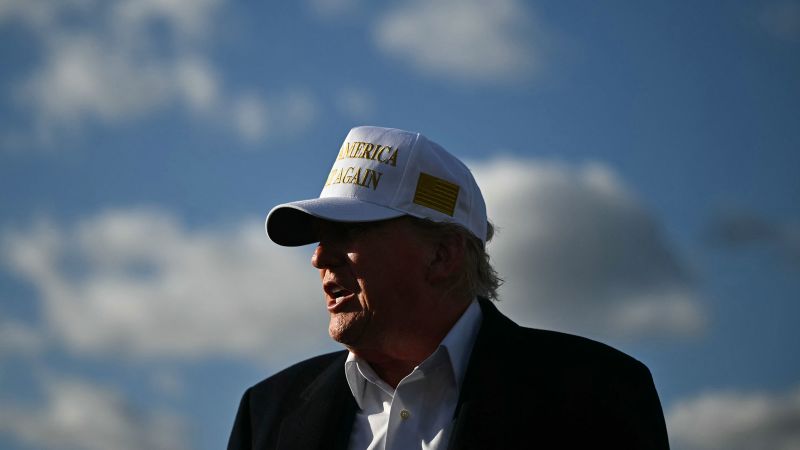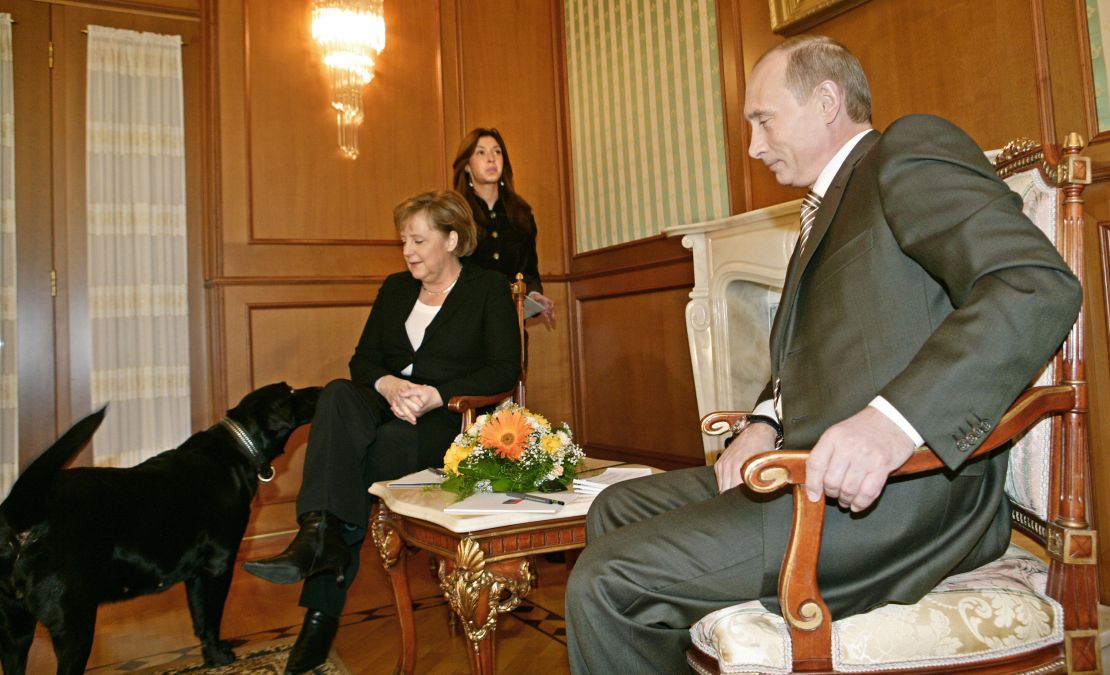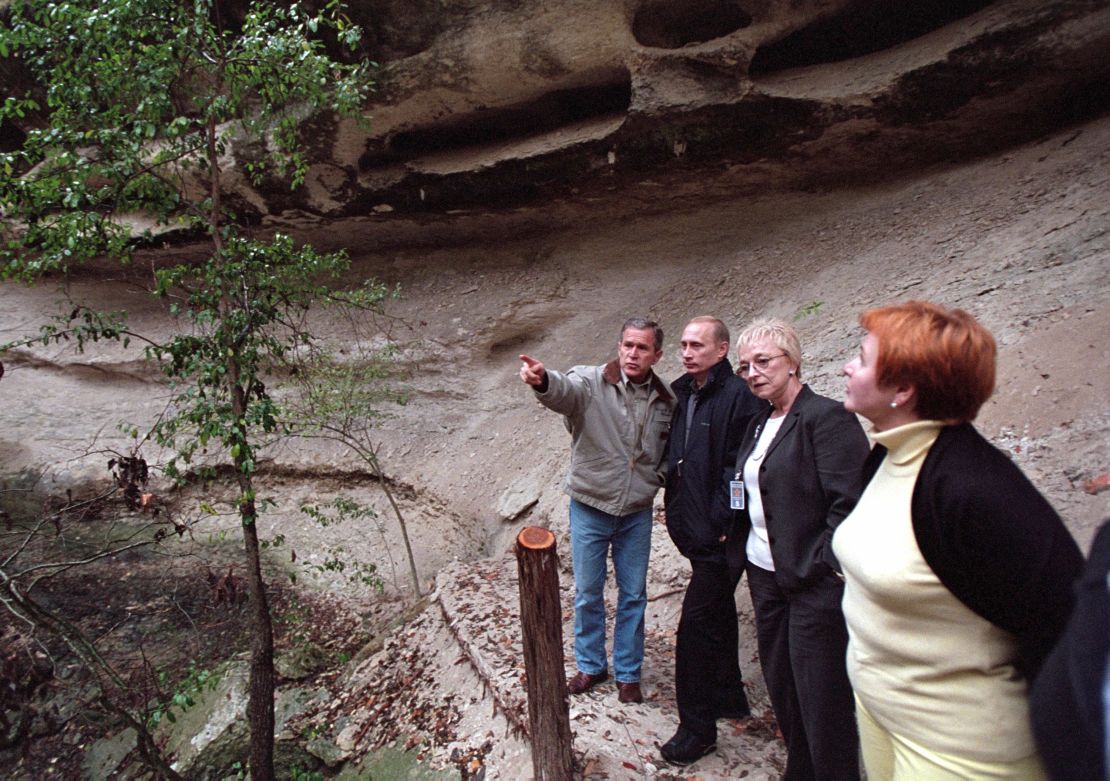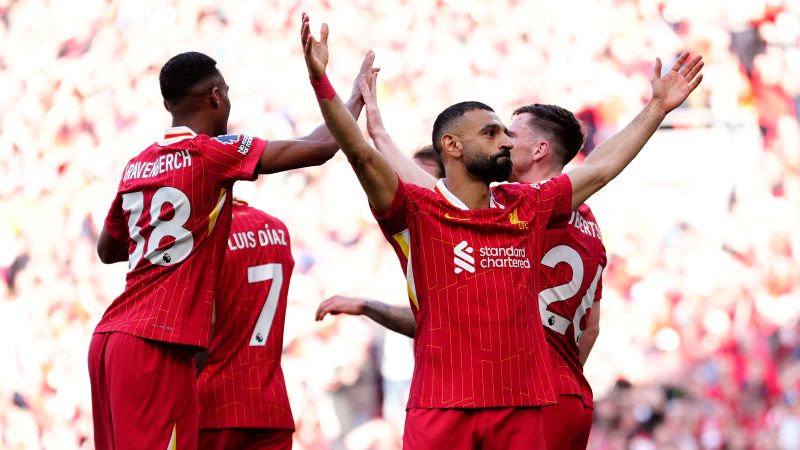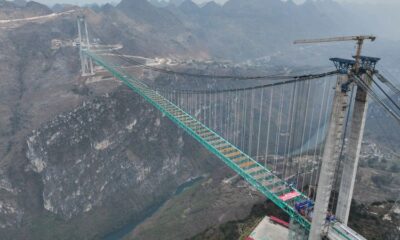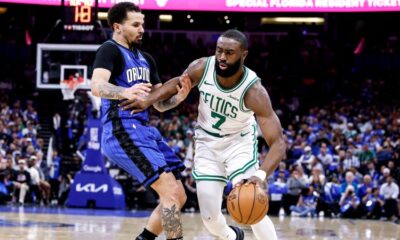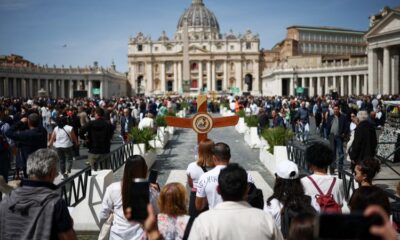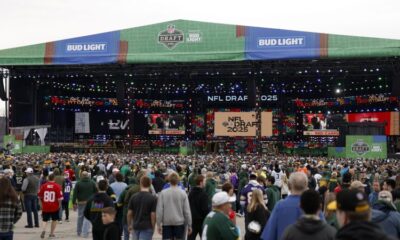CNN
—
US President Donald Trump questioned whether Russian leader Vladimir Putin wants a peace deal, shortly after meeting with his Ukrainian counterpart Volodymyr Zelensky in the heart of the Vatican minutes before the start of the funeral of Pope Francis on Saturday.
Saturday marked the first face-to-face encounter between Trump and Zelensky since a disastrous White House meeting in February, when the president and other US officials publicly berated Zelensky for being insufficiently grateful for US support and briefly suspended arms shipments and intelligence sharing.
The White House has since mounted an increasingly urgent push to strike a peace deal in Ukraine.
Photographs released by the Ukrainian presidency showed the two leaders huddled in close discussion without aides in the ornate surroundings of St. Peter’s Basilica.
Zelensky thanked Trump for the “good meeting” in a post on social media.
“We discussed a lot one on one. Hoping for results on everything we covered,” Zelensky wrote. “Protecting lives of our people. Full and unconditional ceasefire. Reliable and lasting peace that will prevent another war from breaking out. Very symbolic meeting that has potential to become historic, if we achieve joint results.”
A White House spokesman accompanying Trump said that the two leaders “met privately today and had a very productive discussion.” Officials from both Zelensky’s camp and Trump’s said the meeting lasted for about 15 minutes, and the leaders agreed to continue talks.
In a Truth Social post sent as he returned from Rome after the meeting, Trump raised the prospect of applying new sanctions on Russia after its assault on Kyiv last week, questioning whether Putin is interested in peace.
“There was no reason for Putin to be shooting missiles into civilian areas, cities and towns, over the last few days,” Trump wrote. “It makes me think that maybe he doesn’t want to stop the war, he’s just tapping me along, and has to be dealt with differently, through ‘Banking’ or ‘Secondary Sanctions?’ Too many people are dying!!!”

The meeting occurred just outside the Baptistry Chapel, which is inside St. Peter’s Basilica near its entrance, and the talk hadn’t been telegraphed in advance.
Ahead of the US president’s brief visit to Rome, officials had downplayed the prospect he would meet with Zelensky or any other world leaders, pointing to the truncated time frame for the trip and its solemn purpose of memorializing the late pope.
Trump had originally selected Saudi Arabia for his first stop abroad of his new term and will visit there next month. But when Francis died those plans changed, and instead Trump made his first foreign stop in Europe, a continent he’s railed against frequently.
The seating chart and crush of fellow leaders made brief interactions possible, including with leaders Trump had seemingly been avoiding since taking office. He engaged briefly with European Commission President Ursula von der Leyen, with whom he hadn’t spoken at all since returning to office amid trade and defense disputes with the European Union.
The seating protocol — arranged alphabetically by country name in French — dictated Trump’s position alongside the Estonian and Finnish leaders, with whom he interacted briefly.
In other cases, Trump exchanged pleasantries with other leaders who have been working on parallel efforts to help resolve the Ukraine war. He shook hands with French President Emmanuel Macron during the funeral mass’s sign of the peace (Ukraine’s Foreign Minister also posted a photo of Macron and Zelensky meeting Saturday).
The US has been applying more pressure on Ukraine after threatening last week it could walk away from the talks “within days” if it becomes clear a deal cannot be reached.
Trump said Friday that Russia and Ukraine are “very close to a deal” that would end the conflict, which Russia launched in 2014 and escalated with its full-scale invasion of its neighbor in 2022.
The president’s special envoy Steve Witkoff met with Putin for three hours on Friday, according to Russian presidential aide Yuri Ushakov, who said the talks were “constructive and very useful.”
Before leaving Kyiv for Rome on Friday, Zelensky suggested a number of compromises with the goal of advancing peace talks.
“In the coming days, very significant meetings may take place — meetings that should bring us closer to silence for Ukraine,” he said.
“We are ready for dialogue, I emphasize again, in any format with anyone,” he said, but “only after a real signal that Russia is ready to end the war. Such a signal is a complete and unconditional ceasefire.”
Kyiv and Moscow have not met directly since the early weeks of Moscow’s February 2022 invasion of its smaller neighbor. Any direct talks would likely require further discussion and add delay to the diplomacy the Trump administration has hoped will yield results in a matter of days.
Accepting that Ukraine would not join NATO in the foreseeable future, Zelensky said: “I think we have to be pragmatic. We have to understand what security guarantees Ukraine needs.”
Zelensky said those guarantees might include a military contingent from Europe and what he called a “backstop” from the United States.
“For us, the backstop does not necessarily have to be boots on the ground in Ukraine,” Zelensky said, but could include cyber defense “and above all Patriot air defense systems.”
On Thursday, Kyiv was hit by the largest wave of Russian missile strikes since July last year. Twelve people were killed.
Zelensky also spoke Friday of what he called “constructive” proposals drawn up in London this week between Ukrainian and European officials.
A copy of those proposals was obtained by Reuters. Titled “Ukraine Deal Framework,” it proposes a full and unconditional ceasefire in the sky, on land and at sea, as Ukraine has previously agreed to.
Monitoring of the ceasefire would be led by the US and supported by third countries, according to the draft obtained by Reuters. CNN has confirmed its contents.
The draft proposed Ukraine would receive “robust security guarantees including from the US … while there is no consensus among Allies on NATO membership.” Those would be similar to those in NATO’s Article 5, under which all members are obliged to assist an attacked nation.
One part of the draft that is likely to be opposed by Moscow says that “the guarantor states will be an ad hoc group of European countries and willing non-European countries.” There would be “no restrictions on the presence, weapons and operations of friendly foreign forces on the territory of Ukraine,” nor on the size of the Ukrainian military.
The draft says negotiations on territory would begin after the ceasefire comes into effect, and their starting point would be the current frontlines. But it adds that Ukraine would regain control of the Zaporizhzhia nuclear power plant, which has been occupied by Russian forces since March 2022.
On the proposed minerals agreement between the US and Ukraine, which would give the US access to billions of dollars-worth of rare metals, the draft says Ukraine will be fully compensated financially, including through Russian assets that will remain frozen until Russia compensates damage to Ukraine.
Moscow is also likely to oppose that.
The draft obtained by Reuters does not specifically mention Crimea. Witkoff’s plan proposed the US recognize Crimea as part of Russia, but did not suggest that Ukraine also had to. Recognizing Russian control of Crimea, which Moscow illegally annexed in 2014, would cross a major red line for Ukraine and its European allies, and would be in breach of established international law.
Zelensky rejected the idea, saying there was “nothing to talk about” as such a recognition would be against Ukraine’s constitution. He told reporters Friday: “I agree with President Trump that Ukraine does not have enough weapons to regain control of the Crimean peninsula by force of arms. But the world has sanctions opportunities, other economic pressure.”
CNN reported this week that Trump was getting frustrated with the stalling talks and has privately told advisers that mediating a deal has been more difficult than he anticipated.
Saturday’s talks came as Putin announced that Russia has regained control of Kursk, the border region where Ukraine launched a surprise offensive last year.
“The Kyiv regime’s adventure has completely failed,” Putin said, congratulating the Russian forces that he said defeated the Ukrainian military in the region.
But the General Staff of Ukraine’s Armed Forces said in a Telegram post that Putin’s claim was “not true.”
“The defensive operation of the Ukrainian Defense Forces in the designated areas in Kursk region continues. The operational situation is difficult, but our units continue to hold their positions and perform their assigned tasks,” the Telegram post said.
CNN is unable to independently verify battlefield reports.


